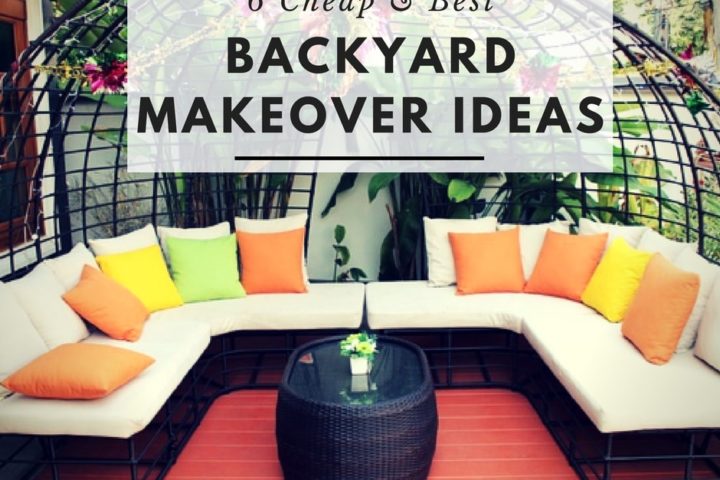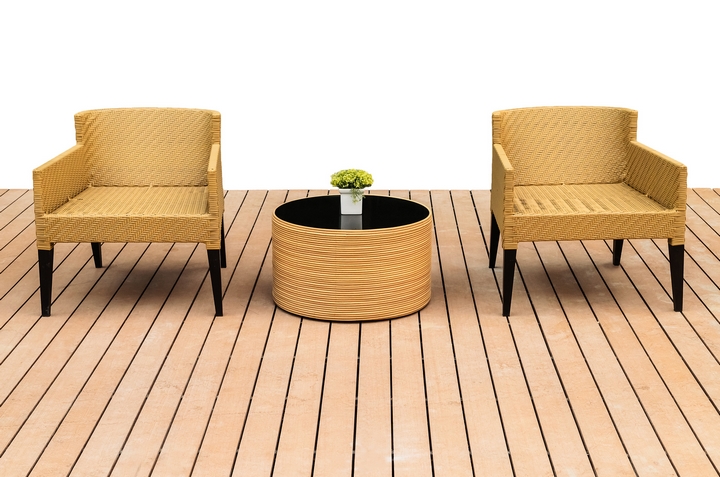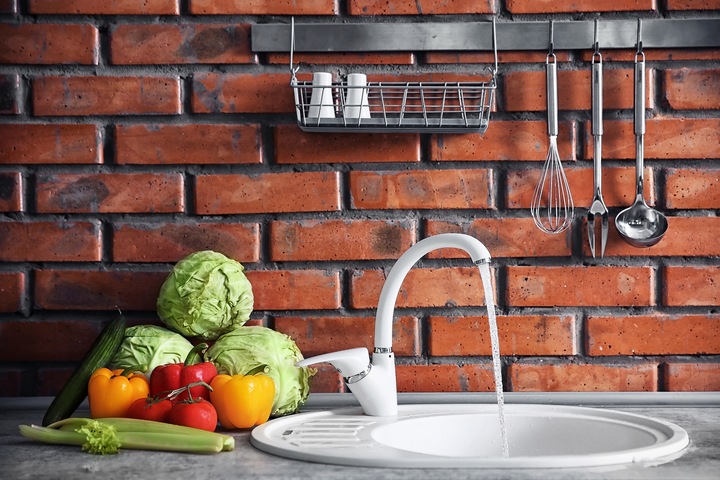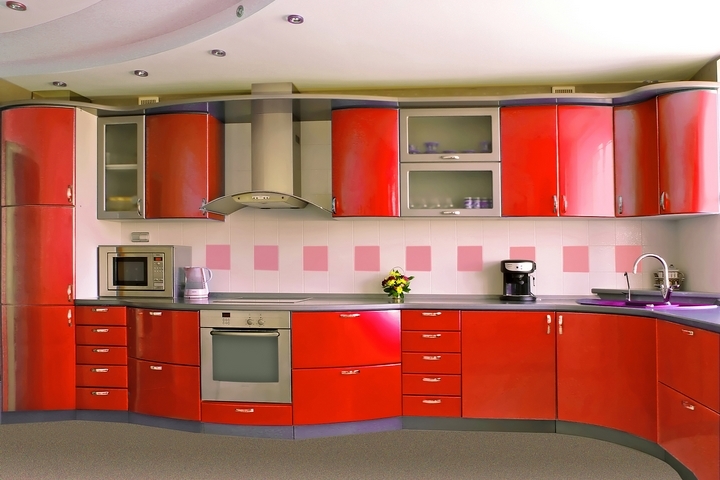
A century ago, an open-concept living room and kitchen was a rarity. These days, they’re the common design used when building a family. How to dress up these areas with paint boasts several possibilities.
Painting an open living room and kitchen is a big renovation project. You can try doing it yourself, but it’s much better to call experienced painters for help. That way, you will ensure the paint work is done in a professional manner.
Here are some paint ideas for open living room and kitchen to get your imagination turning:
Idea #1: Decide on a Color Palette
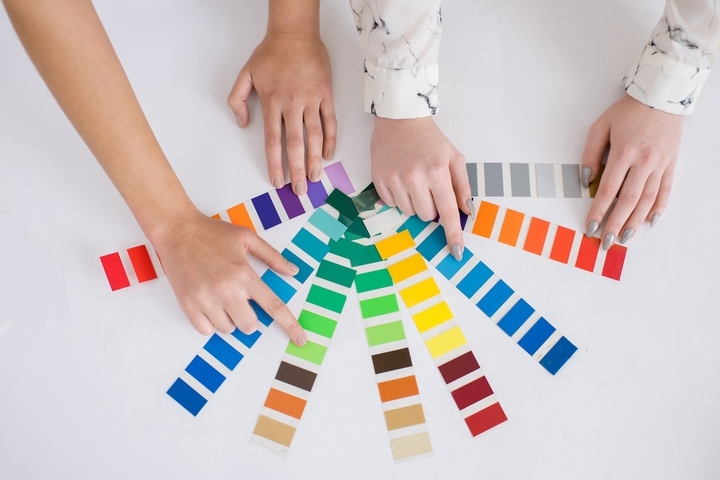
Homeowners want an open-concept space to have flow. They don’t want it to appear empty while at the same time ensuring each room has its own vibe. Start with a color palette. Choose three colors – one dark, one medium, and one light. Three colors can be used in combination throughout an open-concept space.
Idea #2: Color Theory
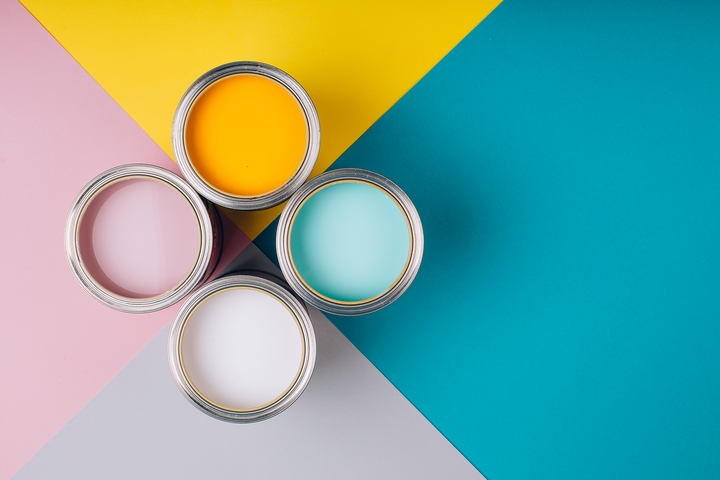
Consider color theory when putting together paint ideas for open living room and kitchen. Red, yellow, and blue are your primary colors, while green, orange, and purple are secondary. Lightness-to-darkness can vary each of these colors. Saturation can also vary the color.
Color groups include complementary, split-complementary, and triad. These are worth examining beforehand as you may already discover your color scheme before getting into the more complicated aspects of pairing colors for an opening living room and kitchen.
Idea #3: How to Pair Colors
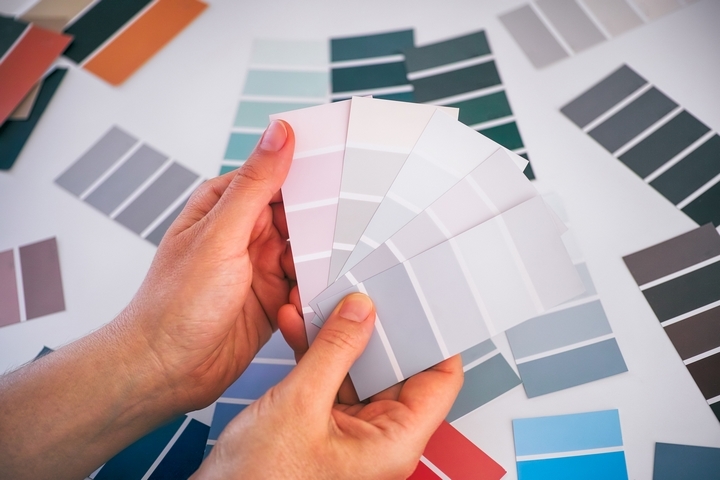
Connect colors through their families, as in blues pair with blues and whites over whites. An alternative to simply choosing a single color in varying shades is to choose colors of a similar intensity. If you pull from different color families, ensure they mix well. Soft, neutralized tones will team well with other soft, neutralized tones. This applies to all colors, whether they’re bright, deep, light, or muted.
Idea #4: Home Architecture is Your Guide
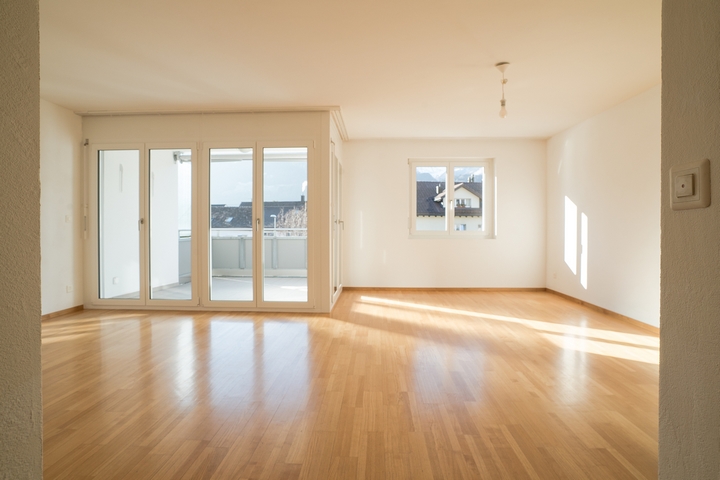
With an open floor plan, there’s still going to be nods in the architecture differentiating between kitchen and living room. These are often elements like archways, variations in flooring, and slight changes in room dimension. Corners and transition areas are natural areas to start painting.
Dividing up kitchen and living room, it’s not going to involve drawing a line down the middle of your floor. Alongside color choices, the architecture, shapes, and furniture chosen are visual cues that will do the differentiating.
Idea #5: Decide on What And Where

There’s a lot you can do with a few colors. You have to know where to use paint and why. The corners are where you can transition from one color to another but bolder homeowners may choose to go against this. Another general rule is that far walls work well when paired with an accent color.
Combine this with accent color on the kitchen backsplashes, cabinets, and potentially some furniture, and you might already have some of your paint scheme planned.
Idea #6: Walls in an Open-Concept Space
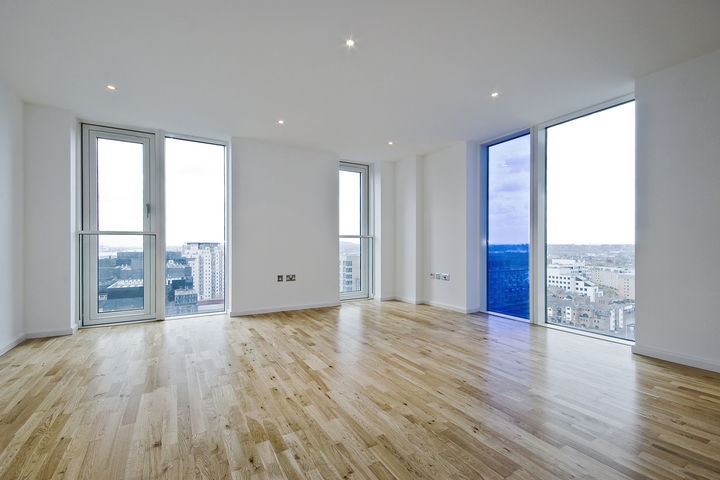
If you have a long wall that spans both the living room and kitchen, paint it in one color. It can tempting to want to completely divide the two spaces with paint. If you try it, you will find out rather quickly it often looks terrible. Another general rule is to focus on opposing walls. If your furthest wall is painted in something bolder, the opposite side should be something light. Two opposing walls in bold paint can feel like the room’s closing in.
Idea #7: Create Balance and Cohesion
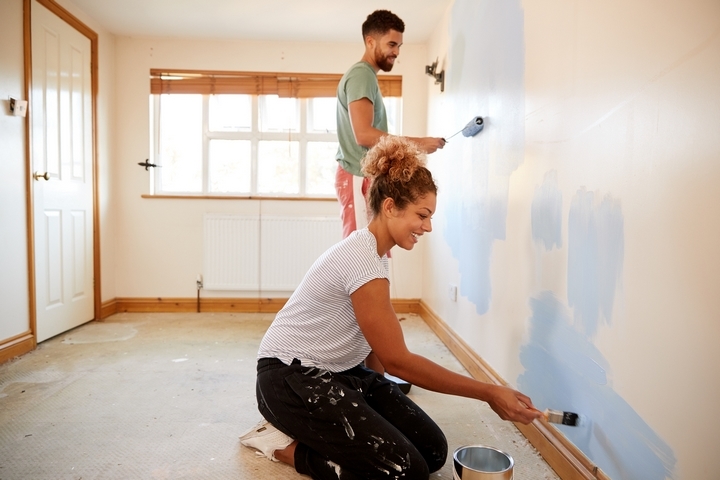
Use one color to paint your walls. Use this as your bedrock. Upon that, look at a room’s angles. Cohesion starts with your far walls. For beginners, this is the best place to start. From your living room, identify the far wall and paint it in one color.
From your kitchen, look at the far wall and dress it in another color. Doing this creates depth and adds interest. This strategy is used by decorators, renovators, homeowners, and real estate agents all the time.
Idea #8: Bold Colors Are Your Frame, Not Your Picture

Your boldest color shouldn’t be used to paint walls. They’re to accent, highlight, and draw attention. They can be used along doorways or windows, or to work as a frame to individual elements in the room.
Idea #9: Vary Finishes and Textures for Added Interest

When painting, consider matching your colors with different finishes or textures to add some uniqueness. Not all spaces will need it but if you find your open-concept space is still missing something, this is another strategy to try.
Open-floor plans can be challenging because of the wide variety of options you have to make them something special. Don’t fret. Once you have your colors, there’s more you can do on top of selection to make a space interesting to look at.
Idea #10: Darker Kitchen, Lighter Living Room
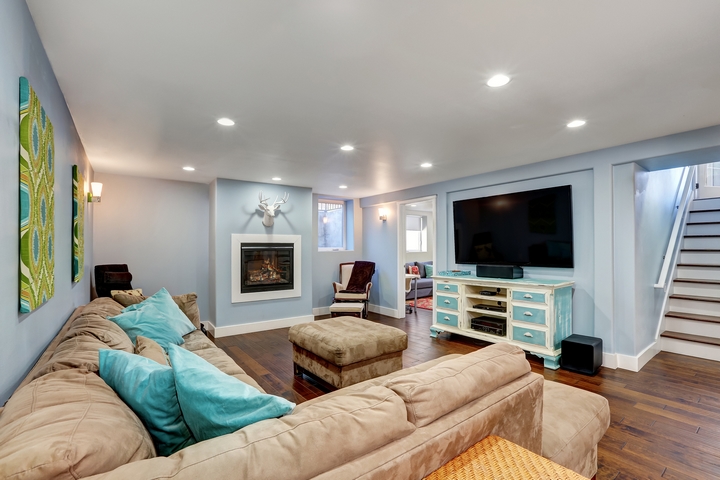
For homeowners intent on having a different wall paint color for their kitchen and one for their living room, a light-to-medium theme is best. Darker shades are best for the kitchen. They can ultimately be a little too intense for a living room.
For this same reason, use lighter shades in the living area. A kitchen is dominated by common elements a la refrigerator, oven, dining table, countertops, and more. A living space is more open to customization which is where a lighter shade can pay off.



